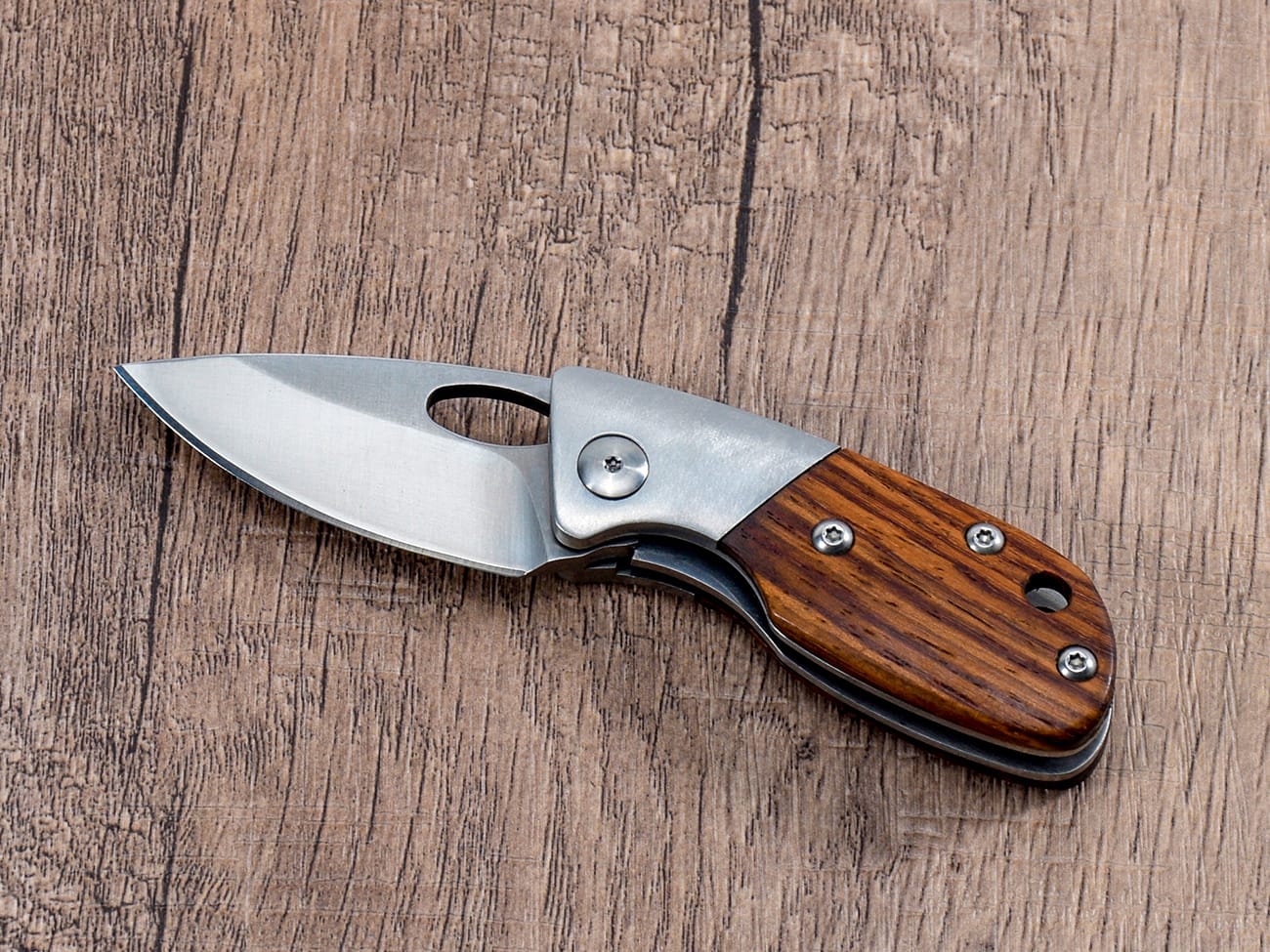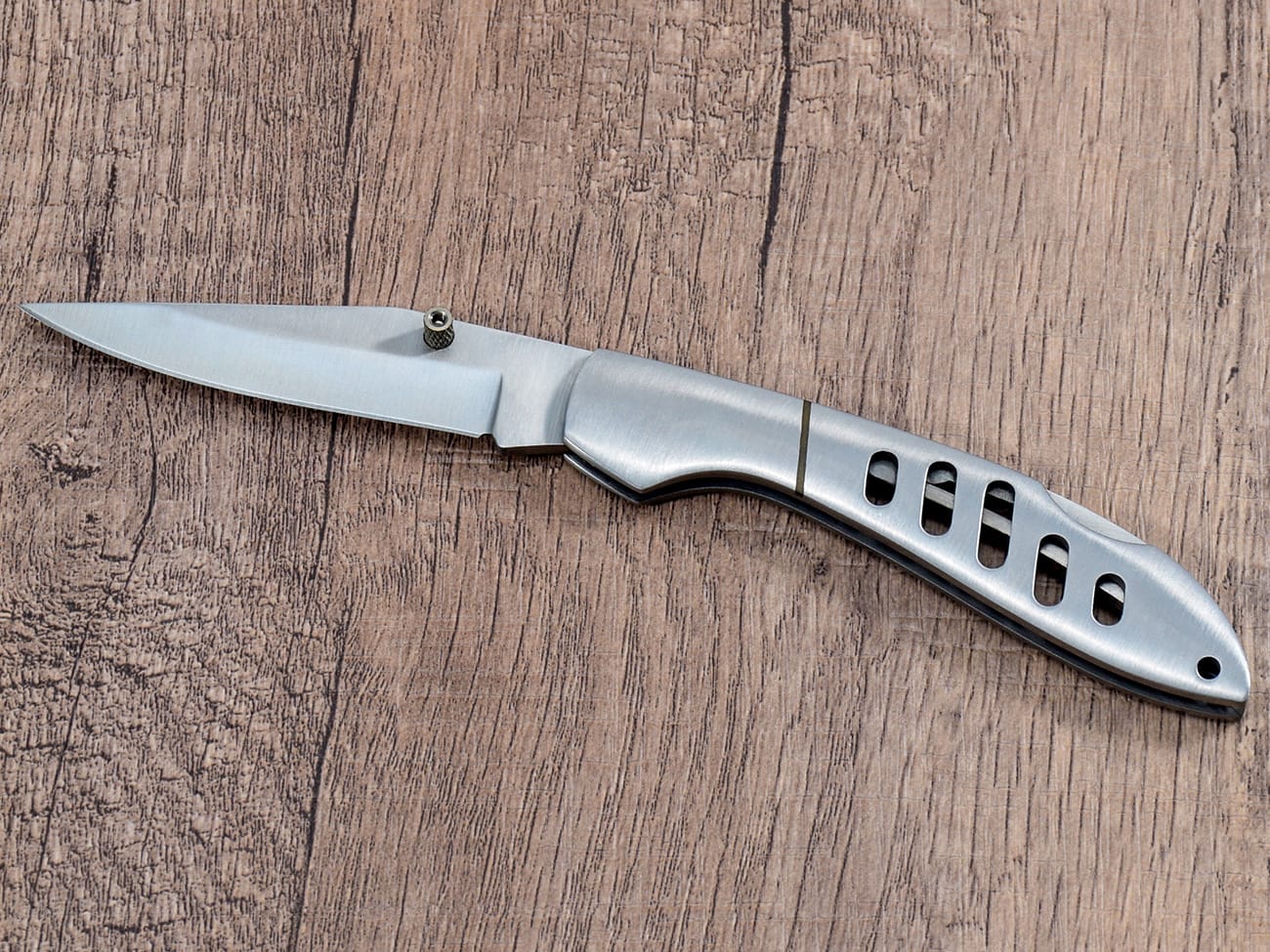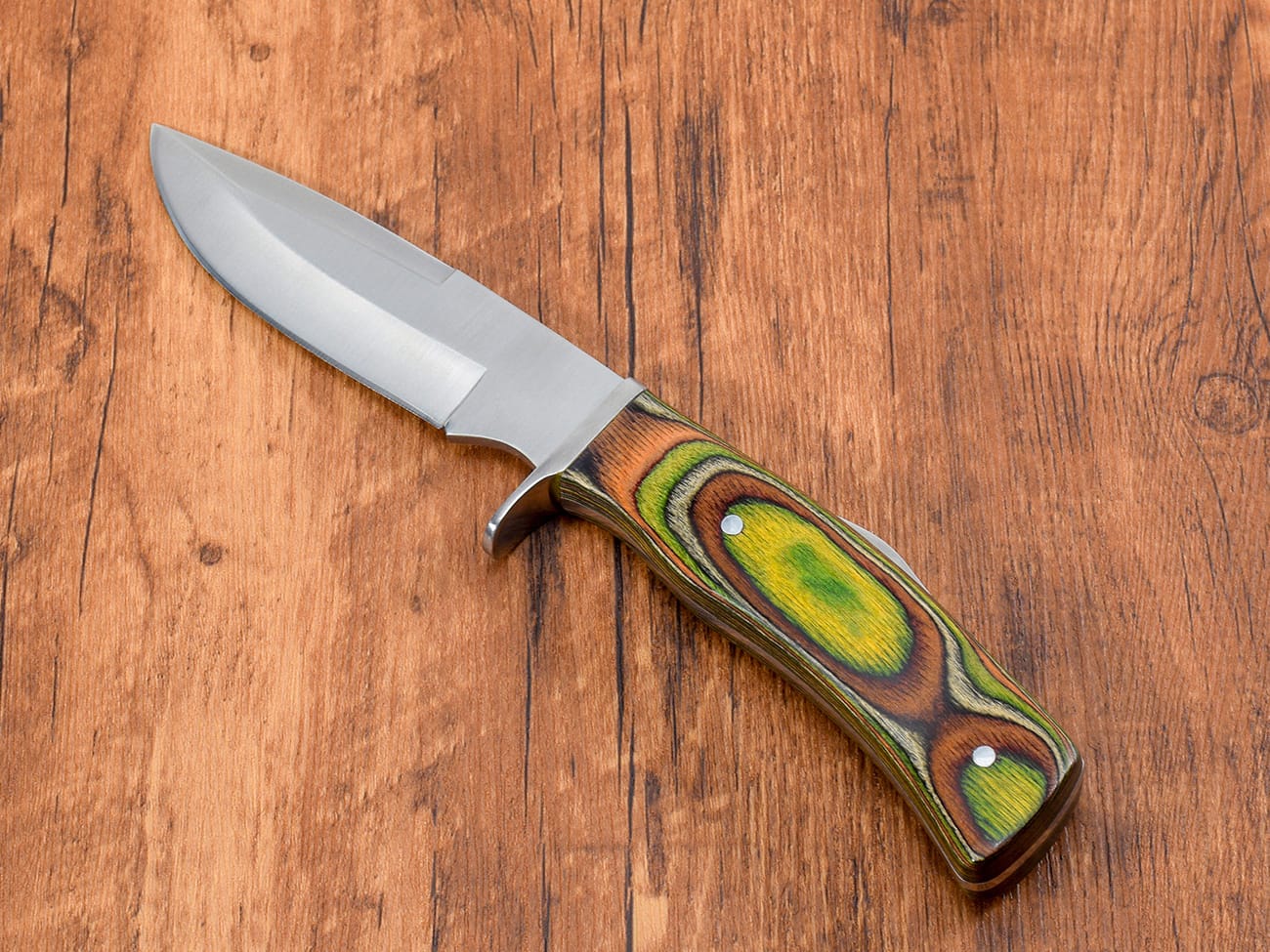Is your trusty pocket knife refusing to close properly? Don’t worry – this comprehensive guide will walk you through the common causes and solutions for a knife that won’t close. Whether you’re dealing with a liner lock, button lock, or axis lock mechanism, we’ll help you get your knife working like a dream again through proper maintenance and troubleshooting.
What Causes a Pocket Knife to Stop Closing?
A pocket knife that won’t close properly can be caused by several factors. The most common causes include:
- Buildup of pocket lint and debris in the locking mechanism
- Misaligned lock bar or liner
- Issues with the pivot tension
- Damaged or worn lock face
- Problems with the knife’s spring tension
How Do I Know Which Lock Type My Knife Uses?
Before attempting any fixes, it’s important to identify your knife lock type. Common locking mechanisms include:
- Liner lock: A metal liner that moves sideways to hold the blade open
- Frame lock: Similar to a liner lock but uses the handle frame
- Back lock: A lock bar along the spine that pivots to secure the blade
- Axis lock: A sliding bar that moves horizontally to lock the blade
- Button lock: Uses a push button mechanism to release the blade
Basic Cleaning and Maintenance Steps
The first step in fixing a knife that won’t close is basic maintenance:
- Inspect the knife carefully for visible debris
- Use compressed air to blow out any pocket lint
- Clean the pivot and lock mechanism with a cotton swab
- Apply light mineral oil to lubricate moving parts
- Work the blade open and close several times to distribute the oil

How to Fix a Stuck Liner Lock
For liner lock knives, follow these steps:
- Hold the knife safely with the blade open
- Locate the liner that keeps the blade open
- Push the liner to the side with your thumb
- Carefully close the blade while maintaining pressure
- Clean and lubricate the lock face if needed
Adjusting Pivot Tension
If your knife is too tight or loose:
- Locate the pivot screw
- Use a small screwdriver to adjust tension
- Turn clockwise to tighten, counterclockwise to loosen
- Test the blade action after each adjustment
- Find the sweet spot between smooth action and no blade play
Dealing with Button Lock Issues
- Depress the button fully
- Check for debris preventing full button travel
- Clean around the button mechanism
- Lubricate sparingly
- Test the lock release multiple times
When to Seek Professional Help
Some situations require professional repair:
- Broken omega springs in axis locks
- Damaged lock faces
- Bent liners or frame locks
- Structural issues with the tang
- Severe blade misalignment
Preventing Future Problems
Regular maintenance helps prevent closure issues:
- Keep the knife clean and dry
- Lubricate periodically with quality materials
- Avoid using the knife as a pry tool
- Store in a clean, dry environment
- Address minor issues before they become major problems
Common Questions About Knife Closure Issues
Here are some frequently asked questions:Q: How often should I clean my pocket knife? A: Clean your knife whenever you notice debris buildup or stiff operation, typically every 1-2 months with regular use.Q: What type of oil should I use? A: Use light mineral oil or specific knife oils. Avoid WD-40 for long-term lubrication.
Key Points to Remember
• Always handle the knife safely during maintenance • Clean and lubricate regularly • Don’t force a stuck mechanism • Know when to seek professional help • Use proper tools for adjustments
Summary
- Keep your folding knife clean and well-maintained
- Identify your lock type before attempting repairs
- Use appropriate tools and lubricants
- Follow safety precautions during maintenance
- Consider professional repair for serious issues
- Practice preventive maintenance
Remember, a well-maintained pocket knife should operate smoothly and safely. If these solutions don’t resolve your issue, consider consulting a professional knife repair service to ensure your knife remains a reliable tool for years to come.




